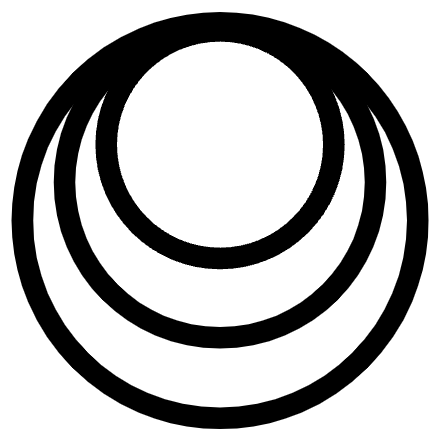In this incantation, I recognize the shift from the conceptual rigidity of the triself and selfist models to the intuitive clarity of the aroundme model, acknowledging that while the former models invite detailed, vivid diagrams and cater to an imagined audience, the aroundme model offers a direct experience, free from the need for representation. This new model, though less polished in its current form, aligns more closely with my own immediate understanding, rendering external explanations unnecessary. It’s clear that the aroundme model will replace the triself and selfist models as it naturally fits with my present experience.
With the coining of the “aroundme model” the inevitable question arises: will the triself and selfist models fade away as less-precise, earlier versions, by the aroundme model? I appreciate the academic clarity of the triself and selfist models. They are vivid, expressive, and technically sound. They are easy to explain to others, and break down very nicely into the kind of line-based diagrams that give me so much satisfaction. A question: do I need to explain the model to others? I have long contended that I am the only member of the audience. What do I gain by crafting the model in such a way as to appease or inform an imaginary audience of characters I have created? Perhaps more importantly, what do I lose?
While I like the conceptual rigidity of the triself and selfist models, I immediately appreciate the literality of the aroundme model. What it is and the words of which it is composed are one in the same. The aroundme also places firstself front-and-center, and firstself is the most important part of the model because it is where I want to be. I don’t want to be trapped in secondself or thirdself. “Triself” doesn’t favor any one self over the other two; it literally references them together, almost from a detached, imaginary third-person perspective looking upon them standing there together. The selfist model does the same, but doesn’t even reveal how many of them there are. In other words, both the triself and selfist models require further imagination to arrive at their conclusions. When I bring the triself or selfist models to mind, I conjure black-lined diagrams on white paper with neat, Roboto-fonted annotations explaining what each region means. But when I think of the aroundme model, I directly “feel” what I am referring to. There is no symbolic diagram in between the word and my experience of the thing it represents. I do not need to draw the aroundme model, or depict it in one of my digital slides. The triself beckons me to draw it; it calls out to me to scrawl it everywhere I can, whether on my computer screen, the walls around me, the backs of my hands. I don’t need to draw the aroundme; it’s right here. I see in pre-visually in my moment.
To answer my question of what I lose by relying on a model that can be easily expressed more easily to people: a lot. It would seem that I have a choice to make: should my model be easily expressible to imaginary people, or easily and intuitively grasped by me? Should my model compel me to diagram it endlessly, or should it be so clear that I do not need reminders? In writing this incantation, it is clear to me that the aroundme is a new model and it will replace the triself and selfist models. It does not sound as sharp and impressive to my ears as “triself” or “selfist”, but I know that is less important and I also know that will change with usage. I will observe for sometime and see how the aroundme model fits.
…
